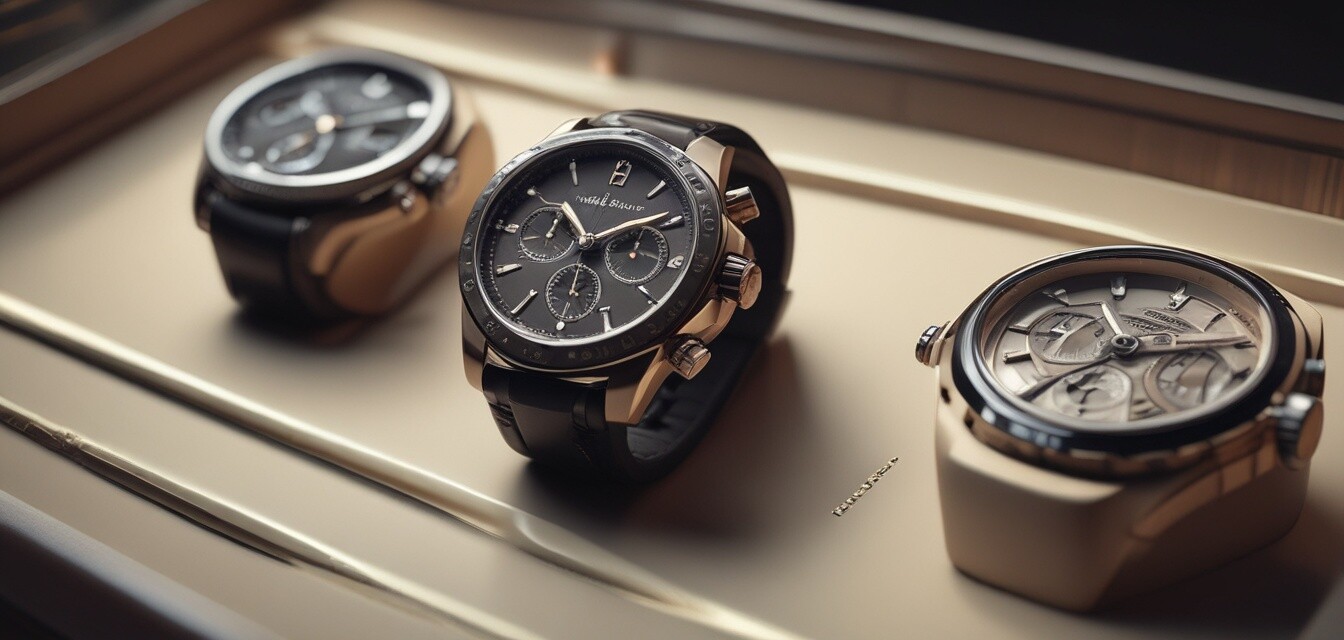
How COVID-19 Changed the Luxury Watch Market
- The pandemic shifted consumer priorities towards online shopping, enhancing the digital presence of luxury brands.
- Luxury watches became a symbol of stability and comfort during uncertain times.
- The demand for pre-owned luxury timepieces surged significantly.
- Innovations in e-commerce and virtual experiences became essential for reaching consumers.
The COVID-19 pandemic has had wide-ranging effects on various industries, and the luxury watch market is no exception. This article delves into how consumer behavior and market dynamics have evolved in the wake of the pandemic, reflecting on the shifts that will shape the future of luxury timepieces.
Consumer behavior transformations
As lockdowns took hold globally, many consumers reassessed their values. The luxury watch market saw some intriguing shifts:
- Increased emphasis on digital shopping
- Focus on emotional fulfillment and collectibles
- Interest in pre-owned luxury watches due to price sensitivity
Digitalization of the luxury watch market
The necessity for social distancing forced many luxury brands to enhance their online presence. As a result, we observed:
- Launch of virtual boutiques and online shows showcasing new collections.
- Increased engagement through social media platforms.
- Development of interactive online experiences, such as AR to try watches virtually.
Shifts in Where Consumers Buy Watches
| Buying Channel | Pre-COVID (2019) | Post-COVID (2021) |
|---|---|---|
| Online | 25% | 55% |
| Brick-and-mortar | 75% | 45% |
The rise of pre-owned luxury watches
With the economic uncertainties brought about by COVID-19, many consumers turned to the pre-owned market:
- Pre-owned luxury watches are more affordable while still retaining value.
- This trend was aided by reputable platforms that facilitated safe transactions.
- The growing interest in sustainable luxury prompted consumers to consider second-hand options.
Brand responses to market changes
To survive in this shifting environment, luxury watch brands had to adapt their strategies. Innovative methods included:
Pros
- Enhanced customer relationships through personalized service.
- Improved digital engagement resulting in wider brand reach.
- Increased sales of pre-owned timepieces boosting sustainability.
Cons
- Initial hesitation from consumers to purchase luxury items online.
- Disruption in production and supply chains globally.
- Challenges in maintaining a sense of exclusivity.
Future outlook for the luxury watch market
With these changes now underway, the luxury watch sector is expected to continue evolving:
- Hybrid shopping experiences blending online and offline interactions.
- Continued interest in unique and limited-edition timepieces.
- Potential growth in markets previously underserved, such as Asia and Africa.
To stay ahead in this changing environment, brands looking for insights should consider consulting our Buying Guides for tips on how to enhance their offerings.
Conclusion
COVID-19 has undeniably reshaped the luxury watch market in numerous ways. It has prompted brands to innovate while changing the way consumers view and purchase their luxury timepieces. As the world gradually returns to normalcy, the lasting effects of these changes will likely usher in a new era for the luxury watch industry.
Stay informed
To keep up with the latest trends in the luxury watch industry, check our section on News and Trends to remain updated on important announcements, innovations, and market insights.

